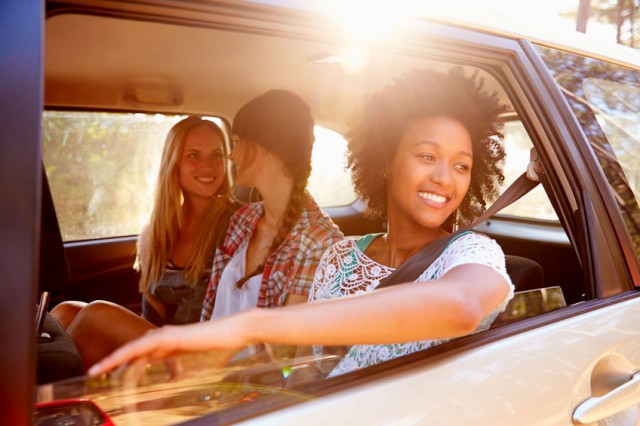
Ride Sharing and Millennials have grown up together. Zipcar, the first American car-sharing service, began in 2000, and Millennials, more than any other group, are most likely to use shared-mobility services.
Globally, shared-mobility services come in four forms.
- Bike-sharing services: Users rent a bicycle for a set time.
- Car-sharing services: Allows a vehicle to be leased for a few hours.
- Ride-hailing services: Works similar to a taxi service, allowing users to hail freelance drivers using an app.
- Ride-sharing services: Similar to carpooling, users going in the same direction can share a rented vehicle for a few hours.
Uber: The Most Recognized Name
ReportLinker asked Americans which shared-mobility services they are the most familiar with..
Uber was the most recognized company with 57% of survey participants naming the ride-hailing service when unaided and 96% naming it with assistance.
Unaided Americans had difficulty naming other mobility services and Lyft was mentioned by 3% of the respondents while City Car Share and Zipcar were named by only 1%.
Aidedparticipants cited Lyft 75% of the time while Zipcar rose to 42%. City Car Share, however, was only cited by 6% of participants, ranking under Enterprise Car Share, Hertz on Demand and Car2Go. Only Relay Riders, vRide and Turo received less mentions.
Millennials More Trusting of Shared Mobility Services
Ride-hailing is the top mobility service. ReportLinker discovered 82% of survey participants have used a ride-hailing service while only 12% have used ride-sharing.
Compared to the rest of the population, Millennials are the most familiar and most comfortable with these services as nearly all of them could name the companies Uber, Lyft or ZipCar.
ReportLinker asked in what ways people use ride-hailing services and the top reason was to go out, followed by traveling short distances, to go to work, and to shop.
When asked how often they use ride-hailing services, only 1% of survey participants said daily while 41% use them less than once a month. Seventy percent of millennials said they use it mostly for a night out and use it as often as 2 to 5 times a week. One possible explanation is that only 78% of them own cars compared to 91% of people of other age groups.
Americans use ride hailing services for several reasons, the first one being the ease of use, closely followed by the short waiting time, the reduced transportation costs, because its more eco-friendly and faster to commute.
However, ride-hailing services face challenges to growth as the majority of nonusers, (68%), said they were reluctant to try the services. Their top concerns are safety, data privacy and data security.
The Future of Transportation
It remains to be seen what impact shared-mobility services will have on transportation.
So far, satisfaction is high. Survey participants ranked their experience 4.3 out of five. They enjoyed accessibility, 42%, ease of payment, 29%, low cost, 22%, and customer service, 5%.
Companies are actively seeking to improve customer service. Uber, for example, has updated its app to make it easier for users to leave complaints. The app also has been updated to give users more options when hailing a vehicle.
The automobile industry is sensing change. Many traditional auto manufacturers have made investments in the mobility market, including Toyota and electric-car manufacturer Tesla.
General Motors’s car-sharing company Maven partnered with Uber last month for a program that would allow drivers to rent GM vehicles on a weekly basis.
However, is it too little too late for automobile manufacturers? ReportLinker found that 57% of people trust technology companies to create mobility services, rather than automakers.
Find a Home-Based Business to Start-Up >>> Hundreds of Business Listings.



















































